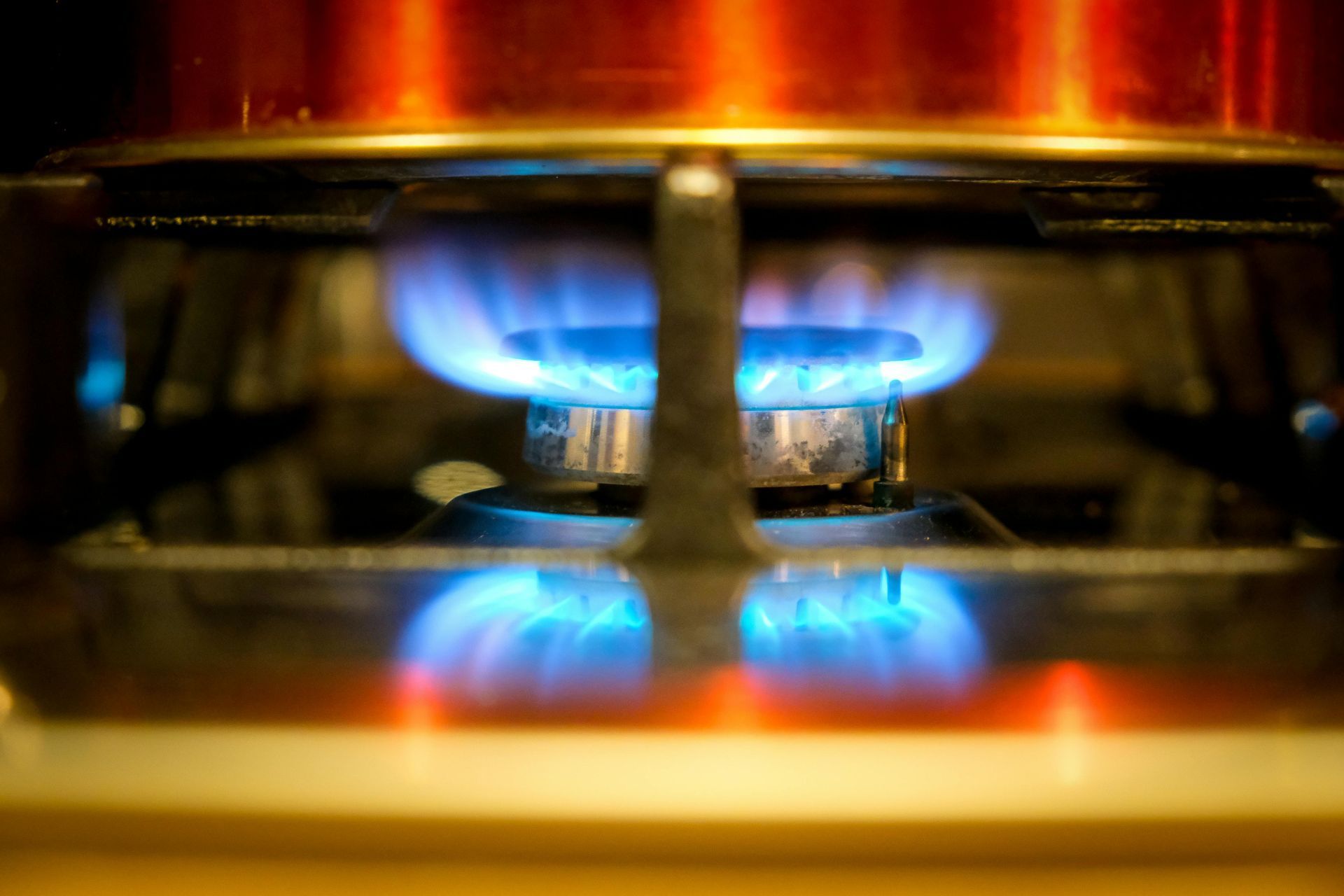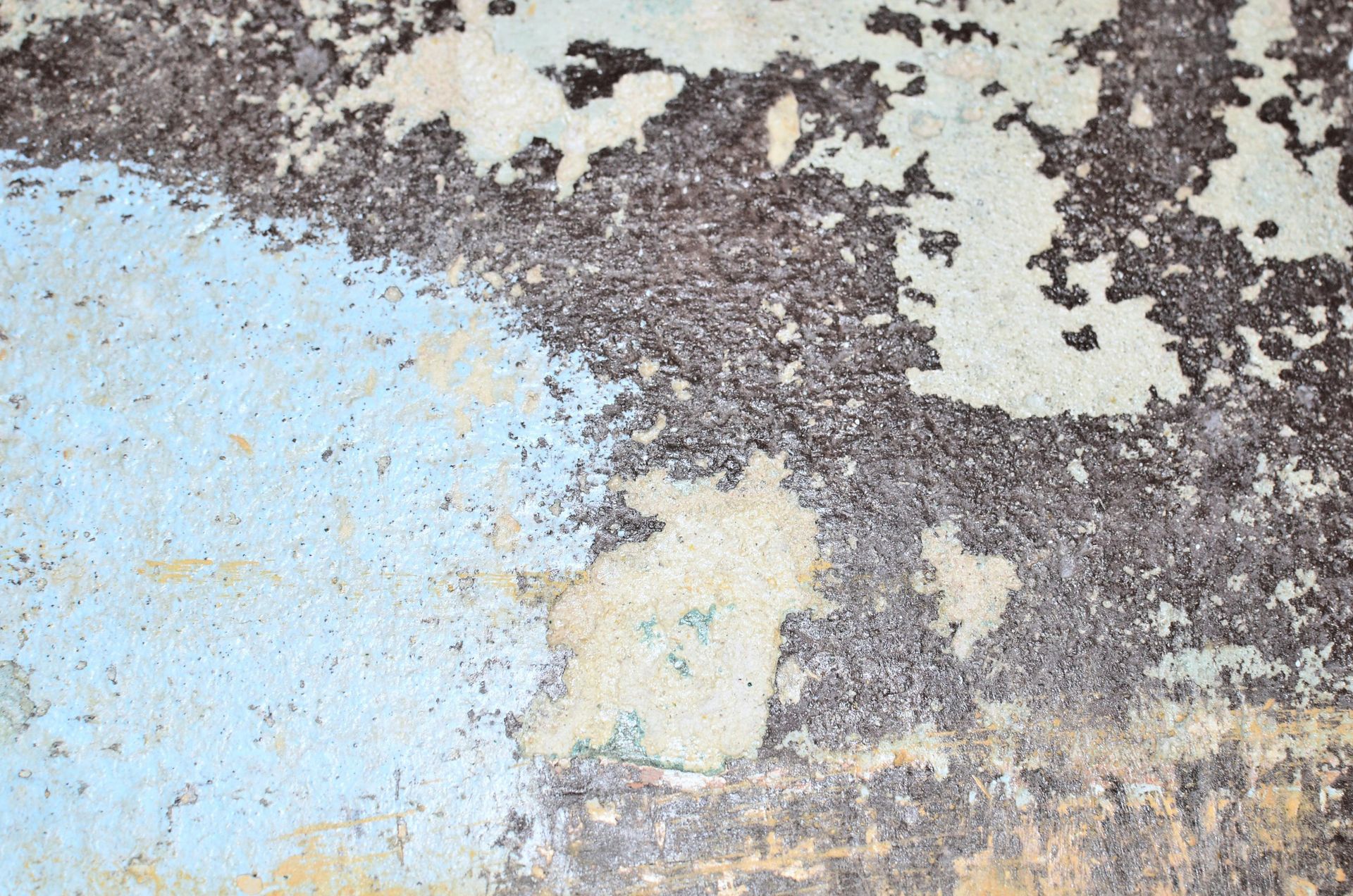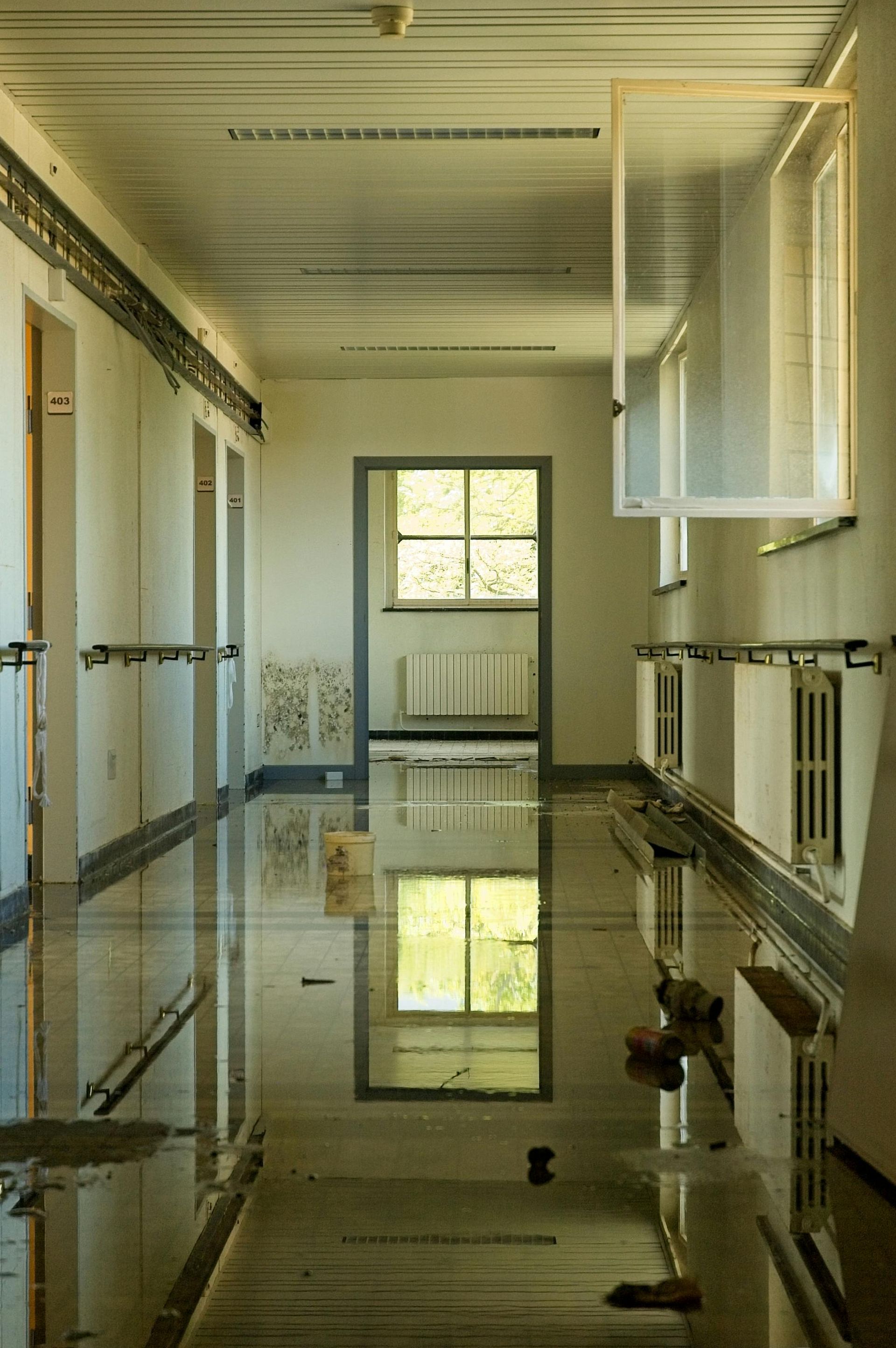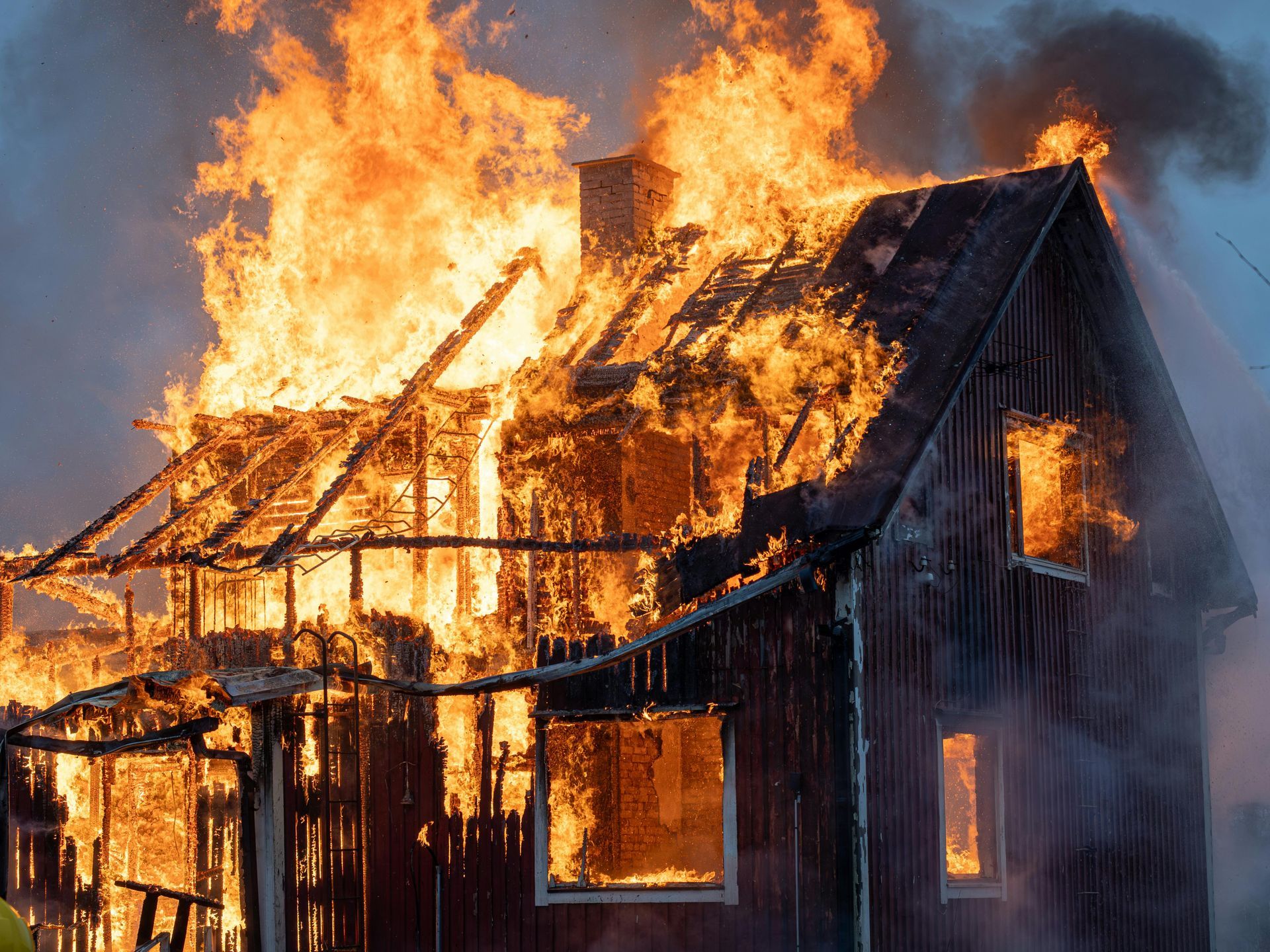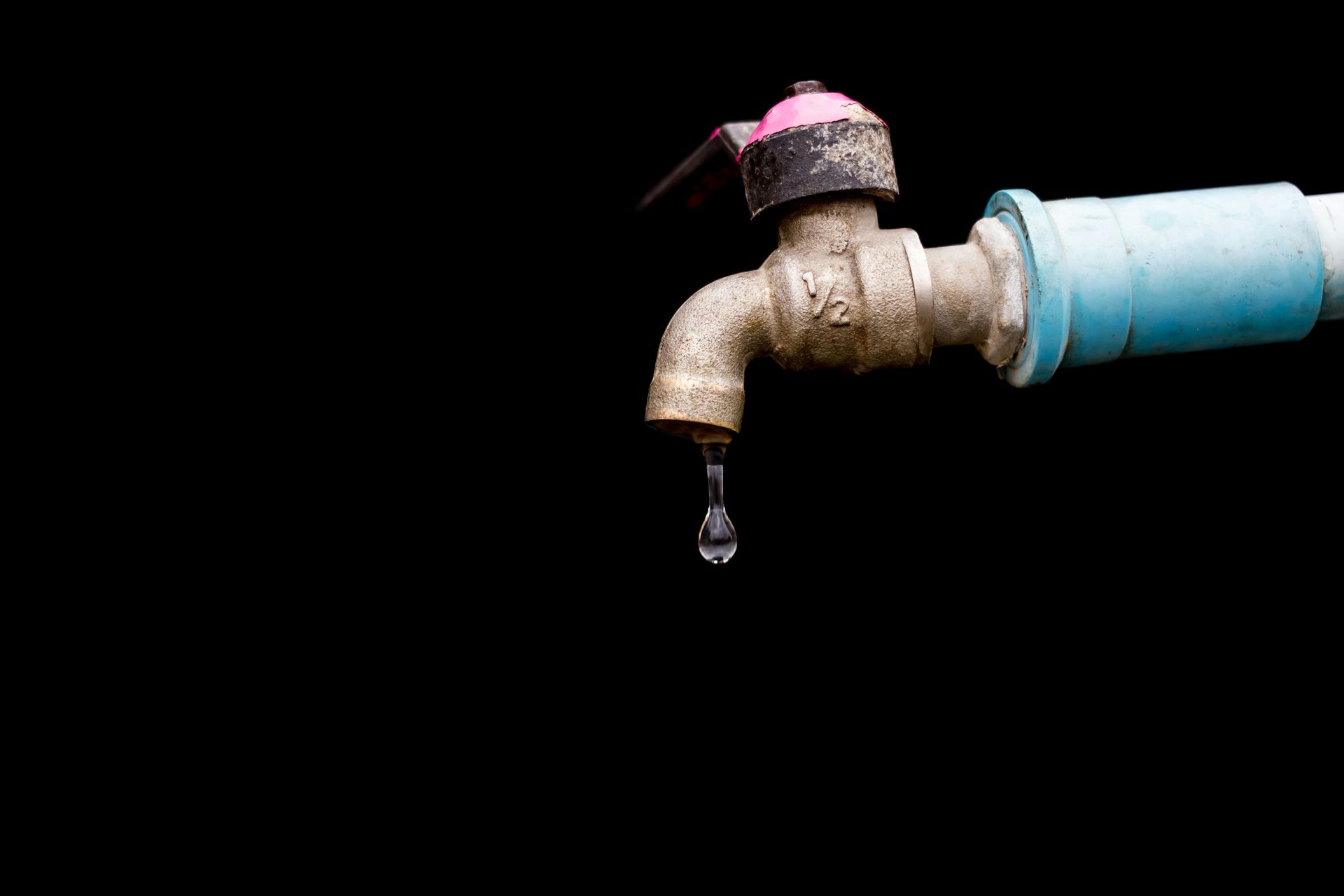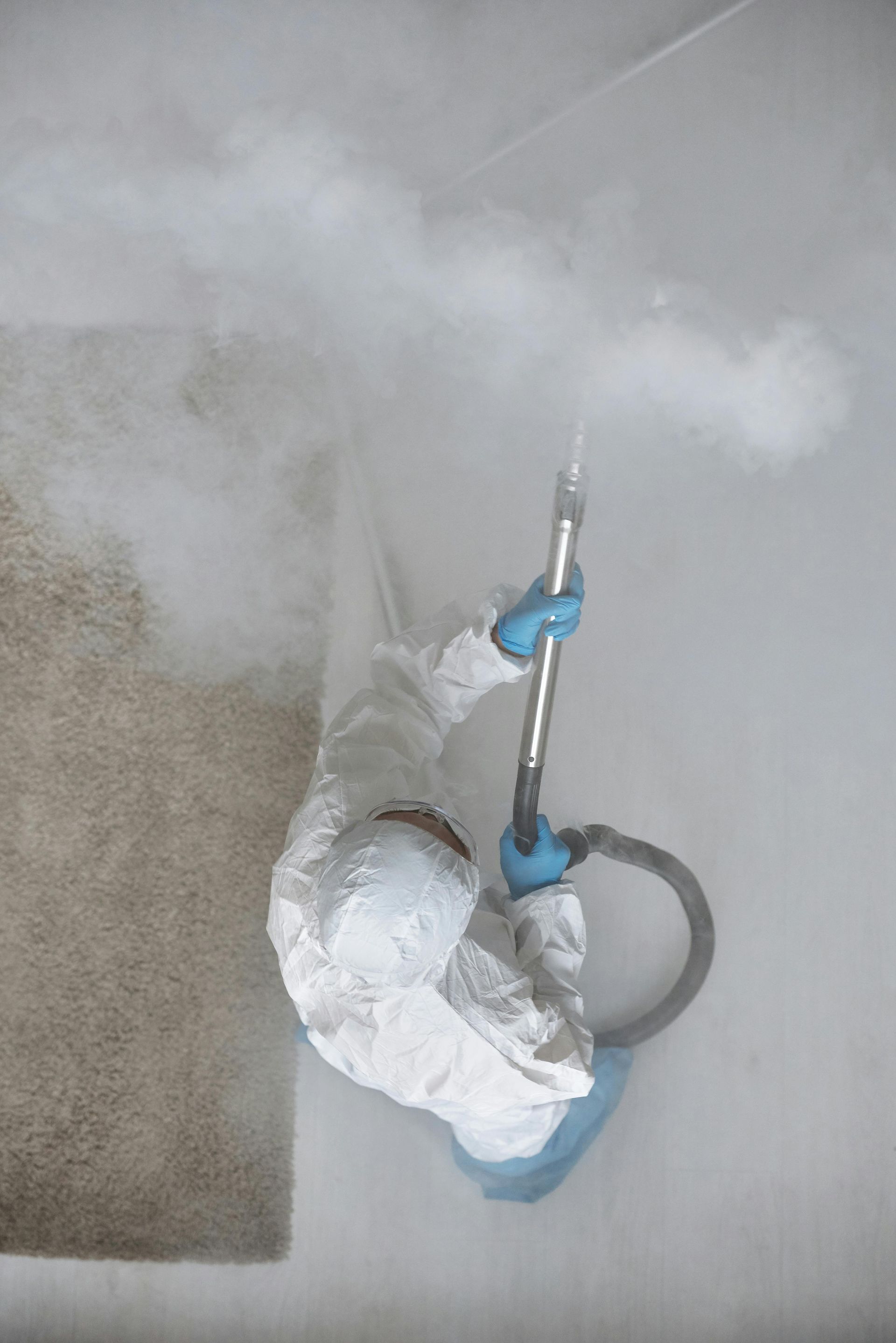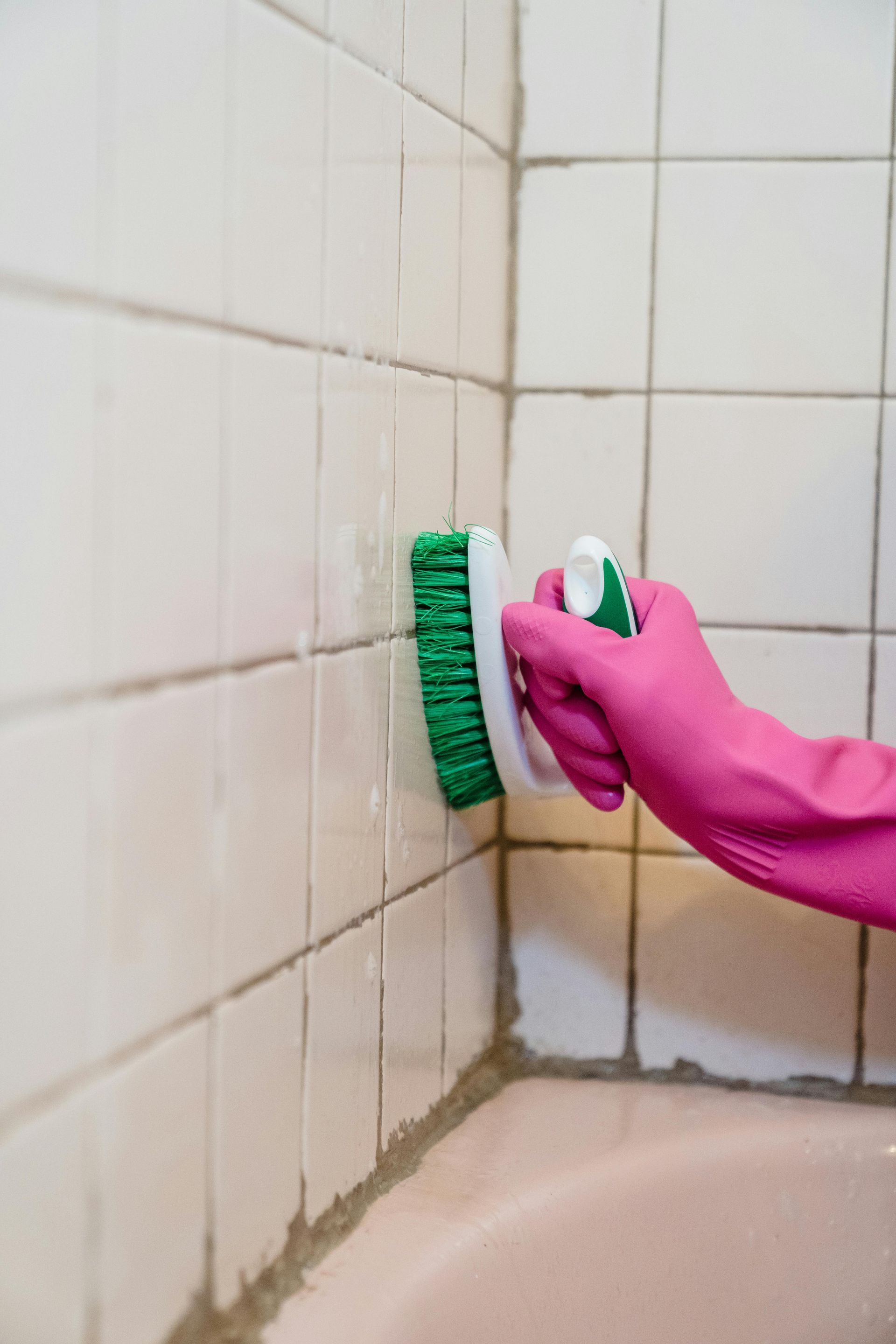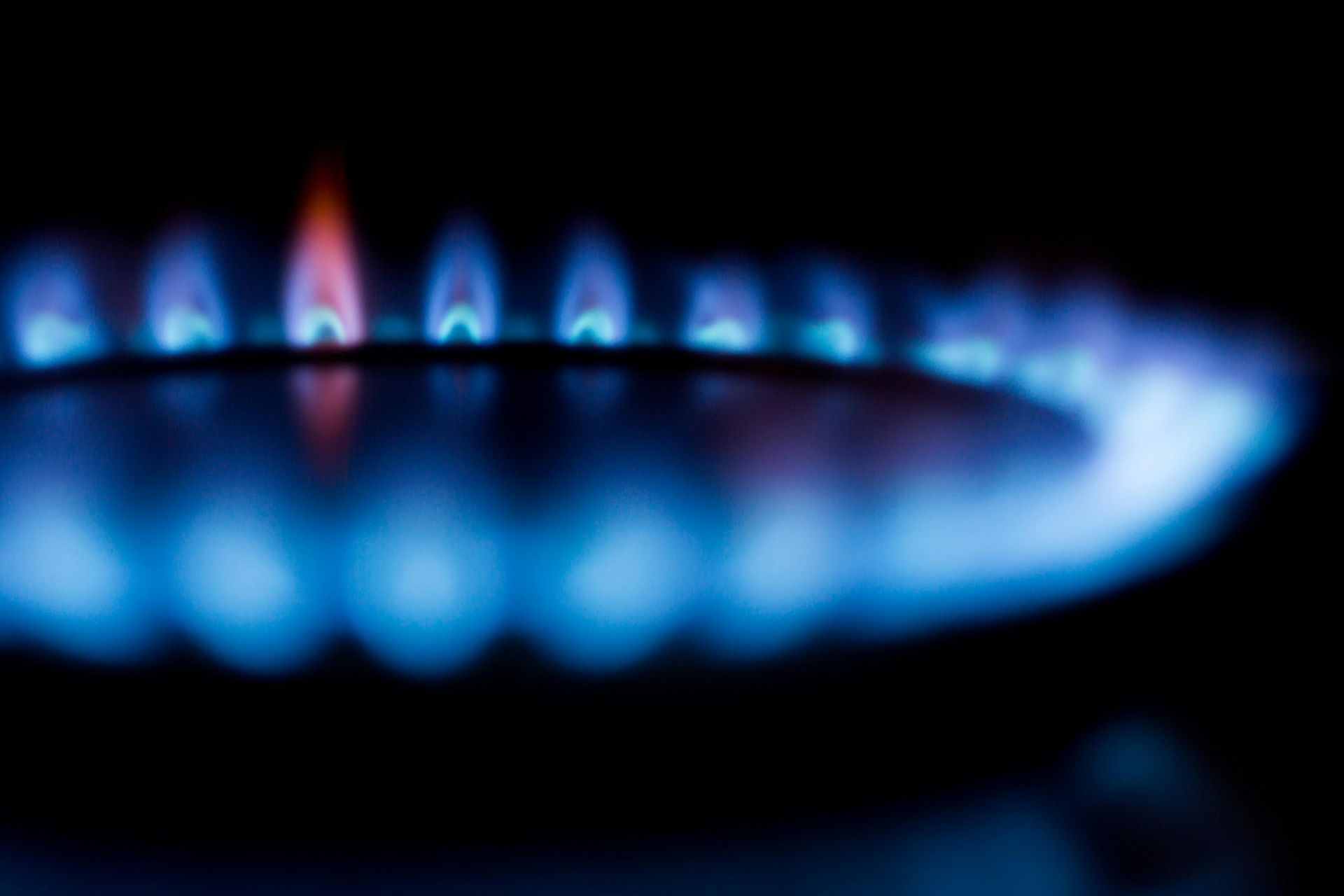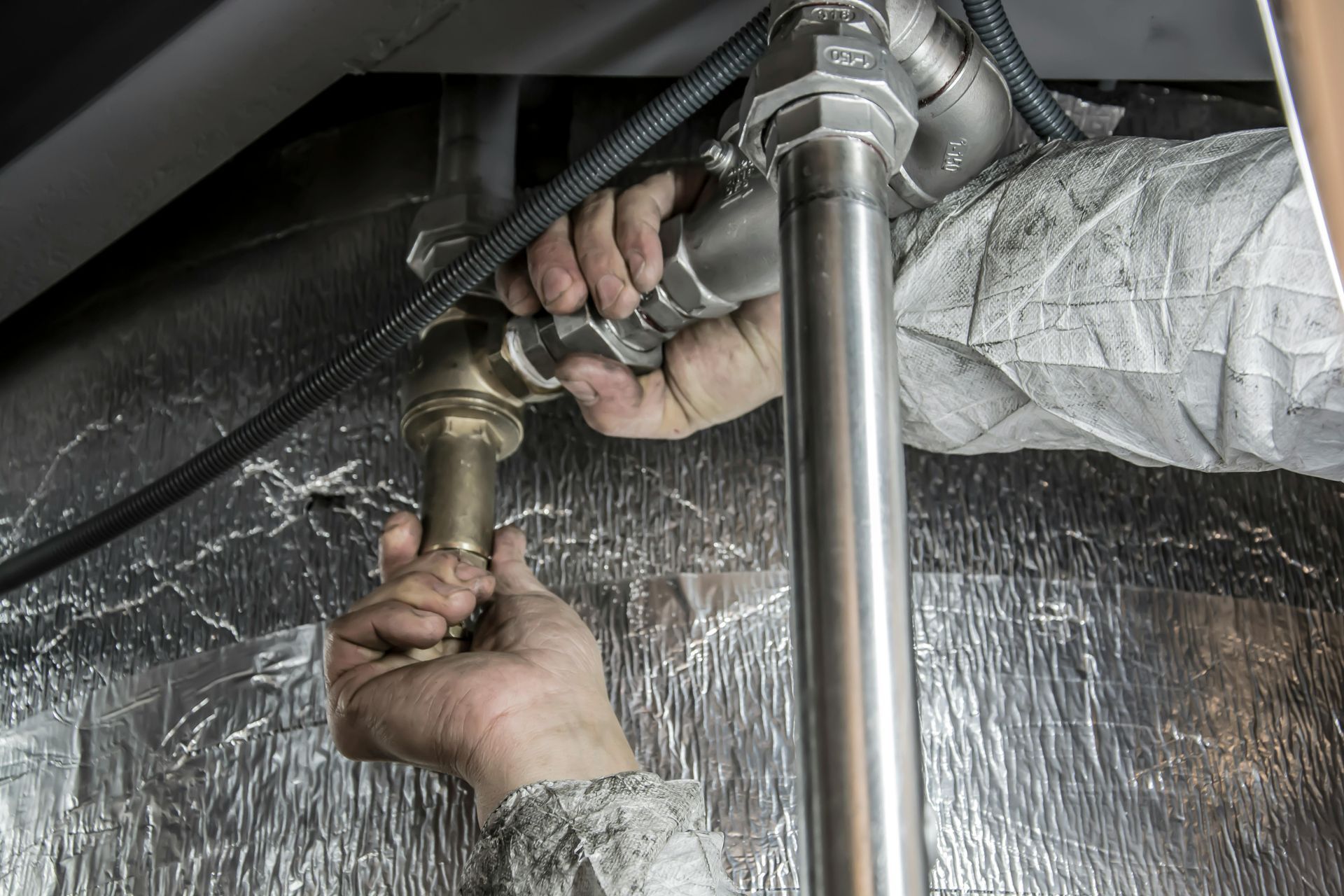The Dangers of Mold Growth in Your Home
Don't Ignore the Dangers of Mold in House: What You Need to Know
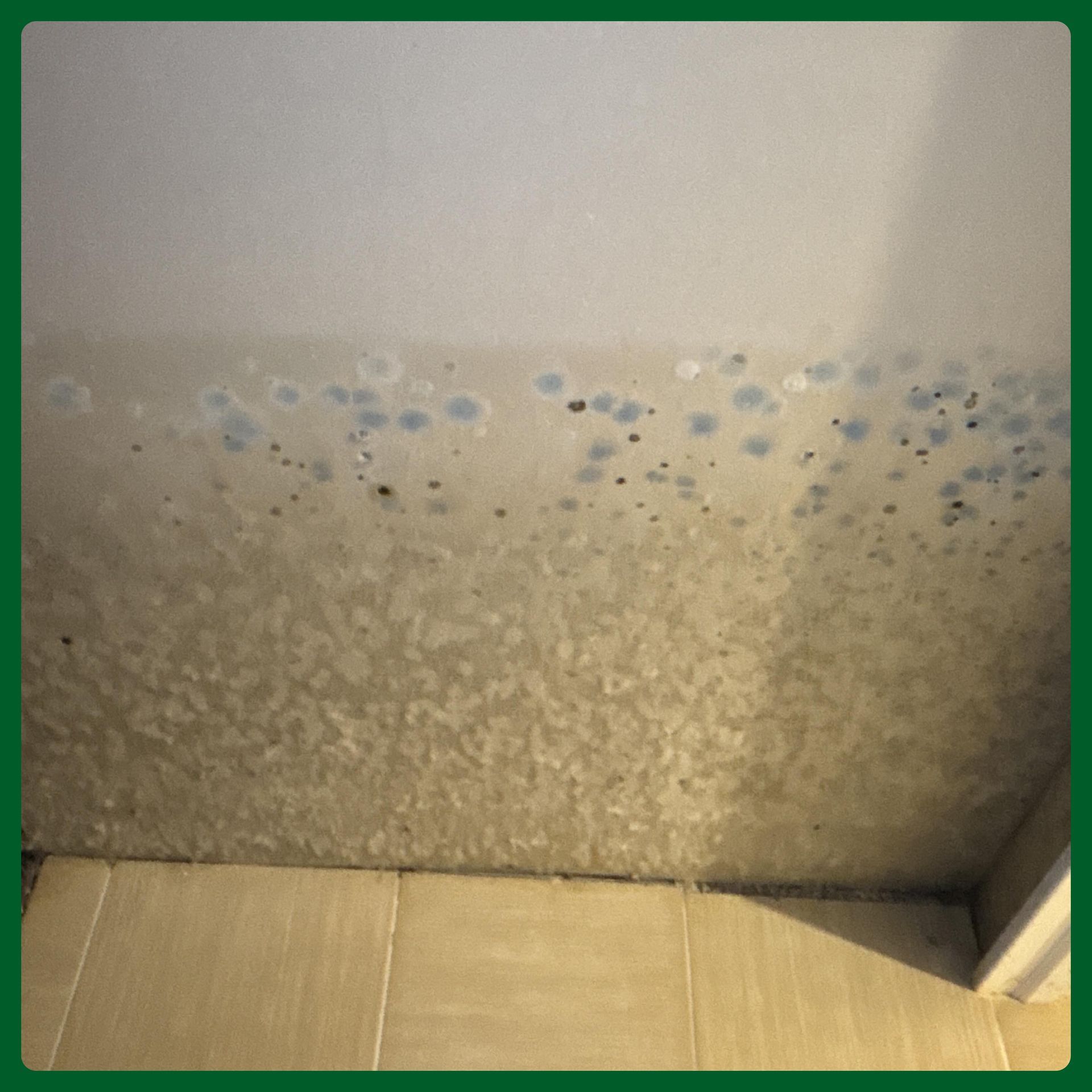
Mold is a type of fungus that thrives in damp, humid environments, often found in residential areas like bathrooms, basements, and kitchens. The dangers of mold in houses are significant, impacting both structural integrity and health. Mold releases spores that can exacerbate respiratory issues, contribute to allergies, and weaken immune systems, particularly for those with pre-existing conditions. This article will delve into the dangers of mold in houses, how it proliferates indoors, specific health risks associated with exposure, and effective strategies for prevention and remediation to ensure a safe, healthy living environment.
Health Risks
Exposure to mold presents various health risks that have been widely documented in scientific studies and reports. Understanding these risks is crucial for safeguarding personal and public health:
Allergic Reactions
Allergic reactions to mold can range from mild symptoms like sneezing, runny nose, and itchy eyes to more severe manifestations such as persistent coughing, wheezing, and skin irritation. The severity depends on the individual's immune response, with those having pre-existing allergies or asthma more susceptible due to heightened immune sensitivity. Genetic factors can also play a role, as can prolonged exposure to damp environments, exacerbating the body's reaction to mold spores and increasing the risk of severe health complications.
Respiratory Issues
Prolonged exposure to mold can significantly impact respiratory health, leading to the development or exacerbation of conditions like asthma and bronchitis. Mold spores, when inhaled, can irritate the respiratory tract, causing inflammation and constriction of airways. This inflammatory response is particularly concerning for asthmatic individuals, as it can trigger severe symptoms such as shortness of breath and wheezing. Scientific evidence highlights mold's role in respiratory issues by demonstrating its capacity to fuel chronic respiratory disorders and impair lung function.
Headaches and Fatigue
Exposure to mold can negatively influence energy levels and cognitive function, with headaches and fatigue being common symptoms. Mold releases mycotoxins, which may act as neurotoxic agents, impairing focus and mental clarity. The immune response triggered by mold exposure often leads to systemic inflammation, contributing to diminished stamina and persistent tiredness. Additionally, headaches resulting from mold inhalation can further decrease cognitive efficiency, making daily tasks challenging and affecting the overall well-being and productivity of those exposed.
Irritation
Exposure to mold can cause irritation of the eyes, nose, and throat, leading to symptoms like redness, itching, and sneezing. This irritation occurs because mold spores, when inhaled or coming into contact with mucous membranes, trigger inflammatory responses. Eye irritation is particularly common and can be exacerbated by prolonged exposure. Individuals with sensitivities or underlying health issues may experience more pronounced symptoms, emphasizing the need for proper mold management and reducing exposure in affected environments.
Fungal Infections
Mold exposure can lead to fungal infections, particularly in immunocompromised individuals. Aspergillosis, caused by Aspergillus mold, affects the lungs and can be severe. Mucormycosis, triggered by Mucorales mold, is another serious infection affecting sinus and brain tissues. Additionally, candidiasis arises from Candida mold and affects various body parts, causing oral and genital infections. These infections underscore the importance of managing mold exposure to prevent serious health implications in vulnerable populations.
Neurological Symptoms
Mold exposure can induce neurological symptoms like memory loss and difficulty concentrating, primarily due to the release of mycotoxins that affect brain function. Mycotoxins are capable of crossing the blood-brain barrier, leading to neuroinflammation and impaired cognitive abilities. Research suggests that these toxic agents can disrupt neuronal communication, causing issues with focus and cognitive processing and increasing susceptibility to neurodegenerative conditions. This highlights the essential need for effective mold management in indoor environments.
Immunological Reactions
Mold exposure can adversely impact the immune system, leading to heightened immunological responses. Mold spores and mycotoxins stimulate the immune system, causing excessive production of antibodies and inflammatory cytokines. This overreaction can compromise immune function, rendering individuals more susceptible to infections and chronic illnesses. Furthermore, continuous exposure can exhaust immune reserves, weakening overall resistance to pathogens. Understanding these interactions underscores the importance of controlling mold presence to maintain optimal immune health.
Toxicity From Mycotoxins
Certain molds, including Aspergillus, Penicillium, and Stachybotrys, are capable of producing mycotoxins, which are toxic compounds that pose serious health risks. Exposure can lead to a range of symptoms, from acute irritation and neurological impairments to severe organ damage and immune dysfunction. While mycotoxin-related toxicity is rare, individuals with prolonged exposure in insufficiently ventilated environments are particularly at risk, highlighting the importance of prevention and effective mold remediation strategies.
Sudden Infant Death Syndrome (SIDS)
Research suggests a potential link between mold exposure and Sudden Infant Death Syndrome (SIDS), although this connection remains rare and not fully understood. Mold exposure may amplify existing risk factors, such as respiratory vulnerabilities and genetic predispositions in infants. To mitigate risk, parents should ensure proper ventilation in nurseries, maintain humidity levels below 50%, and regularly inspect for mold presence. Adhering to safe sleep practices further reduces the likelihood of SIDS incidents.
Structural Damage
Mold growth poses a significant threat to the structural integrity of a home. It can lead to long-term damage, affecting various components of a building and ultimately diminishing property value.
Weakening of Building Materials
Mold growth can compromise the structural integrity of buildings by weakening walls, floors, and ceilings. The fungi feed on organic materials such as wood, drywall, and wallpaper, causing gradual decay. This degradation of building materials results in weakened support structures, potentially leading to sagging floors, crumbling drywall, and compromised ceilings. Over time, unchecked mold growth may necessitate extensive repairs or replacements, underscoring the importance of prompt mold remediation to preserve the safety and value of properties.
Compromised Foundation
Mold growth can undermine a home's foundation by infiltrating concrete or masonry, leading to deterioration and potential structural failure. Moisture trapped within foundation materials fosters mold, weakening their integrity. Over time, this can result in cracks and destabilization. Addressing mold growth promptly is vital to prevent extensive foundation damage, which can be costly and challenging to repair. Early intervention not only preserves structural integrity but also protects the home's overall safety and value.
Decreased Property Value
Mold growth significantly diminishes property value as potential buyers view it as a sign of poor maintenance and potential health hazards. Visible mold and musty odors dissuade buyers, making properties harder to sell and often necessitating price reductions. Additionally, the cost of necessary remediation deters buyers further. In real estate transactions, mold issues may lead to failed inspections, complicate financing, and potentially nullify contracts, underlining the importance of preemptive mold control for maintaining property appeal.
Increased Risk of Collapse
Mold-related structural damage poses a critical risk to buildings, potentially leading to collapse if left unchecked. Mold weakens essential load-bearing components by degrading materials such as wood and drywall. This decay can result in compromised structural support and integrity. Promptly addressing mold growth is vital to prevent catastrophic structural failure, ensuring the safety of occupants and preserving property value. Effective mold remediation and regular inspections are crucial preventative measures to mitigate the risk of building collapse.
Discoloration, Warping, or Deformation
Mold growth can cause discoloration, warping, and deformation of building materials like wood, drywall, and wallpaper, leading to unsightly stains and structural distortions. For example, wooden beams may warp or swell, disrupting the alignment and function of doors and windows, while drywall can become discolored with dark patches. Such visual and structural damage not only tarnishes a home's aesthetic appeal but also signals underlying issues that may deter potential buyers and necessitate costly repairs.
Unpleasant Odors and Reduced Indoor Air Quality
Mold growth releases volatile organic compounds (VOCs) that result in unpleasant odors and degrade indoor air quality. These musty smells indicate active mold, which can cause headaches, respiratory irritation, and exacerbate allergies. Prolonged exposure to poor air quality undermines overall health, contributing to fatigue and reduced cognitive function. Therefore, mitigating mold growth is essential to protect the well-being of individuals living or working in affected areas and maintain a healthy indoor environment.
Increased Potential for Pest Infestations
Mold growth provides an ideal environment for pests such as insects and rodents, which are attracted to the damp and decaying conditions. These pests can exacerbate structural issues by gnawing on building materials, creating entry points that facilitate further mold infiltration. Additionally, as pests move through mold-infested areas, they can transport mold spores to new locations, promoting further mold proliferation. This worsening cycle underscores the critical need for addressing both mold and pest problems promptly.
Increased Potential for Future Water Damage or Mold Growth
Mold growth often signals hidden moisture issues, such as leaks or poor ventilation, that must be addressed to prevent further damage. Ignoring these problems can lead to persistent water intrusion, fostering an environment conducive to mold recurrence. Unresolved moisture can lead to future water damage, exacerbating structural decay and increasing repair costs. Prompt identification and remediation of moisture sources are critical to preventing ongoing mold growth and maintaining the property's integrity and safety.
Identification and Prevention
Mold growth in a home can often be identified through visible signs and distinctive odors. Visually, mold can appear as black, green, white, or brown patches on walls, ceilings, or other damp areas. It may have a fuzzy or slimy texture, depending on the type and extent of the growth. Apart from sight, a persistent musty odor frequently signals the presence of mold, even if it is hidden behind walls or under carpets.
Prevention Tips
To prevent mold growth, it is essential to maintain proper ventilation in all areas of the home, especially in high-moisture zones like bathrooms, kitchens, and basements. Installing exhaust fans and using dehumidifiers can effectively manage indoor humidity levels. Additionally, repairing leaks and addressing any water damage promptly can prevent conditions conducive to mold proliferation. Ensuring that all areas of the home remain dry and have adequate air circulation will minimize the risk of mold development.
Importance of Quick Action
Addressing water damage and leaks quickly is crucial for mold prevention. Swift repairs prevent moisture from seeping into building materials where mold can take root. By managing these issues promptly, homeowners can effectively reduce the risk of mold growth and maintain a healthy living environment.
Remediation and Removal
Mold remediation is a critical process that involves several meticulous steps to ensure the safe and comprehensive removal of mold from a property. These steps include:
- Inspection and Assessment: A thorough inspection is the first step, where the extent of mold growth is assessed to identify all affected areas.
- Containment: To prevent the spread of mold spores during the cleanup, the affected area is isolated using physical barriers and negative air pressure techniques.
- Removal of Affected Materials: Porous materials like drywall, carpeting, and insulation that are heavily contaminated will need to be removed and disposed of safely.
- Cleaning and Disinfection: Surfaces are cleaned with specialized antimicrobial treatments to eliminate mold stains and prevent future growth.
- Drying: Proper drying techniques are applied to eliminate excess moisture, ensuring mold does not return.
Importance of Professional Remediation
Partnering with a professional mold remediation company is crucial due to the complexity and potential health risks associated with mold removal. Professionals possess the necessary expertise, equipment, and training to execute a safe and thorough remediation process, reducing the risk of recurrence and health hazards.
Choosing a Reliable Mold Remediation Company
- Experience and Certification: Ensure the company is certified and has extensive experience in mold remediation.
- Reputation: Check reviews and ask for references to gauge the company's reliability and customer satisfaction.
- Comprehensive Services: Look for companies that offer a full range of services, including inspection, remediation, and follow-up evaluations to confirm effective mold removal.
Fight the Mold in Your Home With Marlings Restoration
Mold presents serious risks to both the structural integrity and indoor air quality of your home. Proper identification, prevention, and remediation are vital in safeguarding your property. Key strategies include maintaining ventilation by installing exhaust fans, addressing leaks promptly, and engaging professional mold remediation services. Marlings Restoration offers comprehensive mold removal and prevention solutions, ensuring your home remains a safe and healthy living space. Protect your home and family today—contact Marlings Restoration for expert assistance in tackling mold issues efficiently. Don't wait until it's too late. Let us help you breathe easier.

